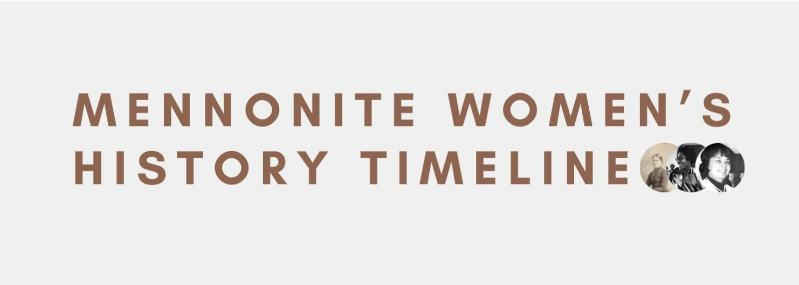 Jason Kauffman is director of archives and records management for Mennonite Church USA (MC USA), responsible for preserving and providing access to the historical records of the denomination. He is active in the broader Mennonite history community and serves on the management board for the Global Anabaptist Mennonite Encyclopedia Online and as vice president for Michiana Anabaptist Historians. Kauffman attends Assembly Mennonite Church in Goshen, Indiana.
Jason Kauffman is director of archives and records management for Mennonite Church USA (MC USA), responsible for preserving and providing access to the historical records of the denomination. He is active in the broader Mennonite history community and serves on the management board for the Global Anabaptist Mennonite Encyclopedia Online and as vice president for Michiana Anabaptist Historians. Kauffman attends Assembly Mennonite Church in Goshen, Indiana.
___________________________________________________-
When my colleagues asked me to create a Mennonite women’s history timeline back in February, I happily agreed. I never pass on a chance to pore over books, and this sounded like a great opportunity to learn more about another piece of the Mennonite story.
My historian brain kicked in quickly, however, and all sorts of questions came to my mind. Should I try to cover the entire sweep of Anabaptist/Mennonite history, starting with the 16th century martyrs? If so, what should I do about the 17th and 18th centuries? I know nothing about those eras! How could I possibly represent, on a timeline, the countless ways that women have shaped the faith community over the past five centuries? Am I even the right person for this job, as a straight, white, male? Maybe we should form a committee of experts to create the timeline instead.
Since time was of the essence, I decided to forge ahead. I started by consulting some of the books from the archives reference collection — some of them are listed here. One of the most recent, Anita Hooley Yoder’s book, “Circles of Sisterhood,” includes a helpful timeline of key people and events in the history of Mennonite women’s organizations. So I added most of them and kept digging through sources. Before long, I had a 10-page document spanning from 1573 to the present.
I then decided to send a draft to people with more knowledge and personal experience, to request feedback. They pointed me toward other sources and encouraged me to clarify the criteria for including items on the timeline. If, for example, I’m including the ordination dates for some female pastors, then why not all women ordained to ministry? I decided to narrow the scope to include only significant “firsts” for women in the Mennonite church, which resulted in a shorter, five-page list. Finally, we chose to include a form on the timeline webpage, so readers could submit corrections and suggestions for additions.
A few days after publishing the timeline, we received our first feedback. This person offered some constructive criticism, raising many of the same questions I had pondered from the beginning. My initial reaction was one of defensiveness, but I was also glad that someone took the time to engage with the timeline and start a dialogue. A week later, I met with them in their home, and we had a lovely conversation about the history of women in the church and the multiple layers of that story, including the feminist movement. I also learned that this person had helped coordinate a similar, but much more extensive, timeline project in the 1980s. Those involved in that project took a “crowdsourcing” approach, collecting submissions from women across three Mennonite denominations to produce a calendar with hundreds of people and events in Mennonite women’s history (you can find the calendar here), plus a 30-page bibliography.
It is easy to think of history as the realm of “experts” who impart knowledge upon the rest of us.
The professionalization of the discipline of history over the last 100+ years and the artificial division between “public” and “academic” history are two examples — among many — of this dynamic at play. To be sure, expertise is important, but even experts can’t know everything. History is not some fixed compendium of knowable facts, but rather it is an ongoing dialogue that presents opportunities for anyone to learn about, discuss, and reinterpret the past and its significance for our lives today. Rather than limiting the conversation to a small group of specialists, this collaborative approach opens space for more meaningful engagement, new insights and overlooked perspectives from a broader group of people.
In the next several years, there will be multiple opportunities to reflect on the past, as the global church prepares to commemorate the 500th anniversary of the birth of Anabaptism. I hope it will also be a time to test our assumptions and learn from others, filling gaps in our understanding of the diversity of ways that Anabaptists have lived out their faith in communities around the world.
In honor of Women’s History Month, the MC USA Archives has compiled a Mennonite Women’s History timeline. Explore the rich history with this new resource available now.

The views and opinions expressed in this blog belong to the author and are not intended to represent the views of the MC USA Executive Board or staff.

